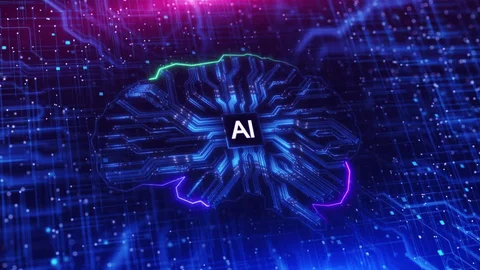Perception Language Models (PLMs)
In the rapidly evolving field of artificial intelligence, a new frontier is emerging at the intersection of language and perception: Perception Language Models (PLMs). These models are designed to bridge the gap between natural language understanding and sensory data such as images, video, and audio — creating more intelligent and interactive systems.

What Are Perception Language Models?
Perception Language Models are advanced AI systems that combine the capabilities of traditional language models with perceptual inputs from the real world. This means they can understand and generate human-like responses while also interpreting visual or auditory information. In essence, PLMs are multimodal — capable of processing and reasoning across multiple types of data.
Why Do PLMs Matter?
Traditional language models are powerful at understanding and generating text, but they lack context from the physical world. PLMs bring a new dimension to AI by integrating sensory perception, which enables:
- Richer understanding: Combining visual or audio inputs with language improves comprehension and accuracy.
- Context-aware interaction: PLMs can understand a scene or environment and respond accordingly.
- Cross-modal reasoning: The ability to answer questions about an image, summarize a video, or describe a sound clip.
How PLMs Work
PLMs use a combination of computer vision, speech recognition, and natural language processing technologies. They typically consist of two key components:
- Perceptual encoder: Processes sensory inputs (like images or audio) into machine-understandable representations.
- Language decoder: Interprets those representations and generates meaningful language outputs.
Modern PLMs are often trained on massive multimodal datasets that include text paired with images, video, or sound. This enables the models to learn how different types of information relate to each other.
Applications of PLMs
The capabilities of Perception Language Models open up a wide range of applications across industries:
- Healthcare: Analyzing medical images alongside doctor’s notes for better diagnostics.
- Retail: Enhancing virtual shopping assistants that understand products visually and describe them verbally.
- Accessibility: Creating tools that describe the visual world to people with visual impairments.
- Education: Developing interactive tutors that can respond to both spoken questions and visual learning materials.
- Security: Interpreting surveillance video and contextual clues through natural language.
The Future of PLMs
As PLMs become more advanced, we can expect a future where AI agents can see, listen, and speak in truly human-like ways. They will power intelligent assistants, robots, and applications that can understand the world holistically — not just through words, but through experience.
Companies and researchers are actively exploring how to make PLMs more efficient, trustworthy, and explainable. As training techniques and data quality improve, PLMs will become a foundational component of next-generation AI systems.
Conclusion
Perception Language Models represent a major leap toward artificial general intelligence by integrating sensory perception with deep language understanding. Their multimodal nature enables more intuitive, responsive, and capable AI systems that can better serve users across diverse scenarios.
Stay tuned as PLMs reshape how we interact with machines — and how machines understand us.
